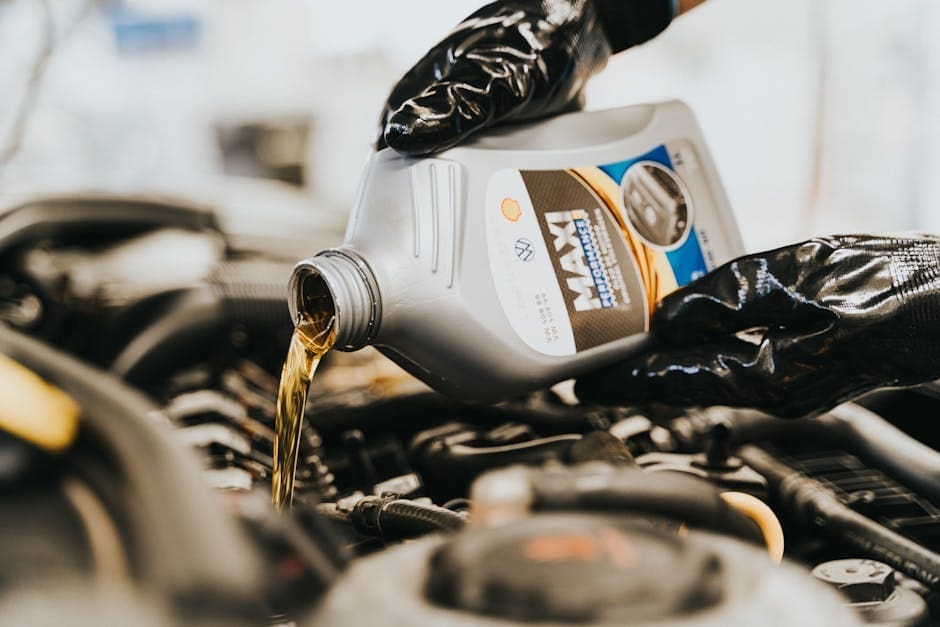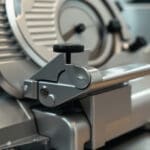Air powered oil extractor technology has revolutionized the way we perform oil changes, making the process faster, cleaner, and more efficient than ever before. If you’re in the market for one, here are the main benefits:
- Quick extraction: Drains the engine oil quickly and efficiently.
- No mess: Avoids spills and mess associated with traditional draining methods.
- Versatility: Suitable for various fluids like transmission fluid and brake fluid.
For professionals and DIY enthusiasts alike, these extractors are a game-changer. The innovation, allowing users to efficiently manage oil changes without complicated setups or liftd platforms, taps directly into the needs of those seeking reliability and ease-of-use in machine maintenance.
I’m Todd Cleppe. Throughout my career, I’ve focused on improving industrial processes, including creating systems to lift efficiency in equipment maintenance. My work with air powered oil extractor solutions exemplifies this expertise, offering sustainable and practical options to ensure machinery runs smoothly. With tools like these, we can greatly minimize downtime and improve productivity.

Understanding Air Powered Oil Extractors
How Air Powered Oil Extractors Work
Air powered oil extractors use pneumatic operation to streamline the process of fluid extraction. At the heart of this technology is the venturi vacuum system, which is both simple and effective.
Here’s how it works:
-
Compressed Air: When you connect the extractor to a compressed air source, it creates a vacuum inside the unit. This vacuum is powerful enough to draw out fluids from engines and other machinery.
-
Vacuum Creation: The vacuum pulls the oil or other fluids through tubes, evacuating them from the engine or reservoir. This process is smooth and efficient, allowing for a quick and clean extraction.
-
Fluid Evacuation: The extracted fluid is collected in a reservoir, ready for disposal or recycling. This method eliminates the need for lifting the vehicle, making it safer and more accessible, especially for home users.
Benefits of Using Air Powered Oil Extractors
Utilizing an air powered oil extractor offers several advantages:
-
Clean Process: Traditional oil changes can be messy, often resulting in spills. With an extractor, the process is contained and clean, reducing the risk of oil stains and environmental contamination.
-
No Car Lifting: One of the standout benefits is that there’s no need to lift the car. This feature not only saves time but also improves safety by reducing the risk associated with jacking up vehicles.
-
Efficiency: Extractors are incredibly efficient. They can remove oil in just a few minutes, which is significantly faster than traditional methods.
-
Versatility: These devices aren’t limited to just engine oil. They can also handle other low-viscosity fluids like brake fluid and coolant, making them versatile tools for any garage.

Incorporating an air powered oil extractor into your routine can transform the way you handle maintenance tasks, offering a blend of speed, safety, and cleanliness that traditional methods simply can’t match.
Key Features of Air Powered Oil Extractors
When exploring air powered oil extractors, understanding their key features is crucial. These features ensure that the extractor is not only effective but also user-friendly and versatile.
Important Specifications to Consider
Reservoir Capacity
The size of the reservoir is a critical factor. Most extractors, like the JDI-277EV, offer a 2.7-gallon (10.5-liter) reservoir. This capacity is generally sufficient for most cars and small engines, allowing for multiple oil changes before needing to empty the tank.
Chemical Resistance
Durability is vital, especially when dealing with various fluids. Extractors are typically constructed from heavy-duty polyethylene, which is chemical resistant. This means they can handle engine oil, transmission fluid, and even brake fluid without degrading.
Automatic Stop
Safety and convenience are improved with an automatic stop feature. This prevents overfilling by halting the extraction process once the reservoir reaches capacity. It ensures a hassle-free experience, reducing the risk of spills.
Operating Temperature
The extractor’s ability to function under different temperatures is key. The JDI-277EV, for instance, operates efficiently up to 212°F (100°C). This range is ideal for handling warm fluids, which flow more easily, thus speeding up the extraction.
Air Inlet Size
The air inlet size is another important specification. Standard extractors use a ¼” NPT air inlet, which is compatible with most air compressors. This standardization ensures you can easily connect the extractor to your existing equipment.
Extraction Tubes
Finally, the extraction tubes are essential for reaching into dipstick tubes and filler ports. The JDI-277EV includes three tubes of varying diameters, with the main tube being .39 inches OD and 3.2 feet long. These tubes are designed to fit snugly, preventing leaks and ensuring efficient fluid removal.
In summary, when choosing an air powered oil extractor, consider these specifications to ensure you select a model that will meet your needs effectively and efficiently. This attention to detail will ensure you get the most out of your extractor, making oil changes and other maintenance tasks a breeze.
Top Air Powered Oil Extractors on the Market
When it comes to choosing the best air powered oil extractors, two models stand out for their efficiency and innovative features: the 15L Professional Manual/Pneumatic Fluid Extractor and the JDI-277EV Pneumatic Air Operated Fluid Evacuator.
15L Professional Manual/Pneumatic Fluid Extractor
This extractor is designed for those who need a large capacity and quick extraction. With a 15-liter (4-gallon) reservoir, it offers 3-4 times the capacity of most standard extractors, making it ideal for professional use. This means fewer interruptions for emptying the tank, increasing productivity in busy garages.
One of its standout features is the vacuum gauge, which allows users to monitor the vacuum level in real-time. This ensures the extractor is working efficiently and can be left to operate unattended once set up. The extractor can remove oil from a 4-cylinder engine in as little as 4 minutes, thanks to its quick air-powered extraction capability.
The design also focuses on noise reduction, making the extraction process quieter—an appreciated feature in any work environment. Additionally, the extractor is versatile, handling a variety of fluids such as engine oil, transmission fluid, and even brake fluid.
JDI-277EV Pneumatic Air Operated Fluid Evacuator
The JDI-277EV is a multi-use extractor known for its chemical resistance and convenient carry handle. Its 2.7-gallon (10.5-liter) reservoir is sufficient for numerous applications, from cars to small engines. Made from heavy-duty polyethylene, it withstands exposure to various automotive fluids without corroding.
This model uses a venturi vacuum system to create suction, ensuring a clean and efficient extraction process. The muffler design reduces operational noise, making it less disruptive during use. The automatic stop feature prevents overfilling, adding a layer of safety and convenience.
The JDI-277EV is particularly user-friendly with an air inlet equipped with a quick coupler, simplifying the connection to air compressors. Furthermore, its variety of extraction tubes allows it to adapt to different dipstick tube sizes, enhancing its versatility.
Both models offer unique benefits, but they share a commitment to efficiency and ease of use. Whether you’re a professional mechanic or a DIY enthusiast, these extractors provide the tools needed for quick and clean oil changes. For those seeking advanced oil evacuation equipment, consider exploring Graco Inc. solutions for reliable and efficient options.
Frequently Asked Questions about Air Powered Oil Extractors
Is an oil extractor pump worth it?
Absolutely! For anyone dealing with newer cars, an oil extractor pump is a game-changer. Many modern vehicles come equipped with top-mounted oil filters, making the use of a pump both practical and efficient. By using an extractor, you can avoid the messy and cumbersome process of lifting a car to drain oil. This not only saves time but also reduces the risk of potential accidents under a vehicle. Plus, considering the cost-effectiveness of air powered oil extractors, the investment is worth the convenience and safety it brings.
How does a pneumatic oil extractor work?
A pneumatic oil extractor operates using a straightforward yet effective process. When connected to a source of compressed air, the extractor creates a vacuum through a venturi effect. This vacuum is what powers the fluid suction, pulling engine oil and other fluids into the extractor’s reservoir. The beauty of this system lies in its clean process; there’s no need to worry about oil spills or stains on your garage floor. The entire operation is tidy and efficient, making maintenance tasks much simpler.
Can you vacuum oil out of an engine?
Yes, you can! Vacuuming oil out of an engine is one of the primary functions of air powered oil extractors. This method eliminates the need for traditional draining, where you might have to lift the car and remove a drain plug. Instead, you just insert the extraction tube into the dipstick pipe and let the vacuum do its work. This easy process not only saves time but also keeps your workspace clean. It’s an especially useful technique for DIY enthusiasts and professionals looking for a hassle-free way to handle oil changes.
Conclusion
At CFAB Global, we’re dedicated to helping businesses improve their operational efficiency with top-tier machinery solutions. Our Machine Reliability Program is at the heart of this mission, offering custom strategies that ensure your equipment runs smoothly and efficiently. Whether you’re in manufacturing, agriculture, construction, or energy, our program is designed to meet your unique needs, boosting performance and minimizing downtime.
Air powered oil extractors play a crucial role in modern maintenance practices, and incorporating them into your operations can significantly improve productivity. By streamlining oil changes, these extractors not only save time but also reduce the mess and hassle associated with traditional methods. This aligns perfectly with our goal at CFAB Global: enhancing operational efficiency and ensuring your machinery operates at its best.
To learn more about how our solutions can benefit your business, check out our services page. Let CFAB Global be your partner in achieving maximum productivity and reliability, keeping your operations running smoothly.






